
Virgin Galactic's SpaceShipTwo Rocket Test Heralds Rise of Passenger Space Travel
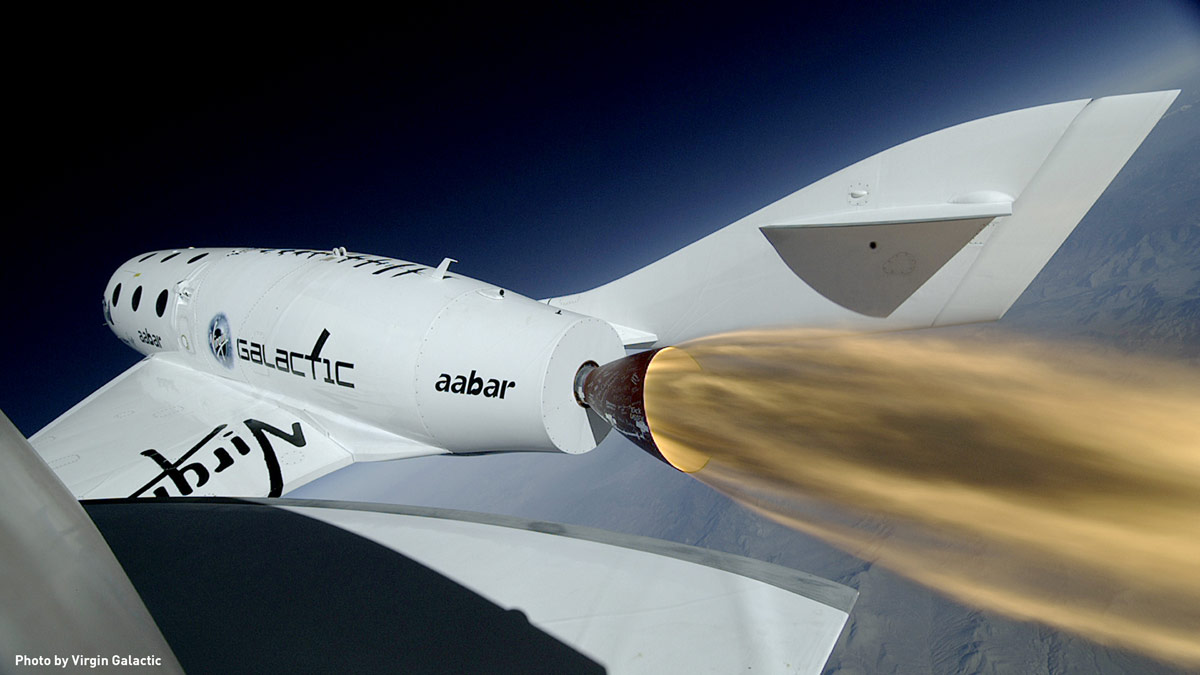
The rocket-powered supersonic flight of Virgin Galactic's SpaceShipTwo on Monday marked a big milestone for the company, and for the private spaceflight industry as a whole.
The history-making SpaceShipTwo test flight on Monday (April 29) marked Virgin Galactic's entrance into the final phase of vehicle evaluation prior to commercial suborbital service from Spaceport America in New Mexico, officials said.
"It is really a stupendous day," said Virgin Galactic founder Sir Richard Branson, who witnessed the flight from California's Mojave Air and Space Port. "So, big grins all over our faces after many years of hard work,” he told SPACE.com in an exclusive interview. [Photos: See SpaceShipTwo's 1st Rocket-Powered Flight]
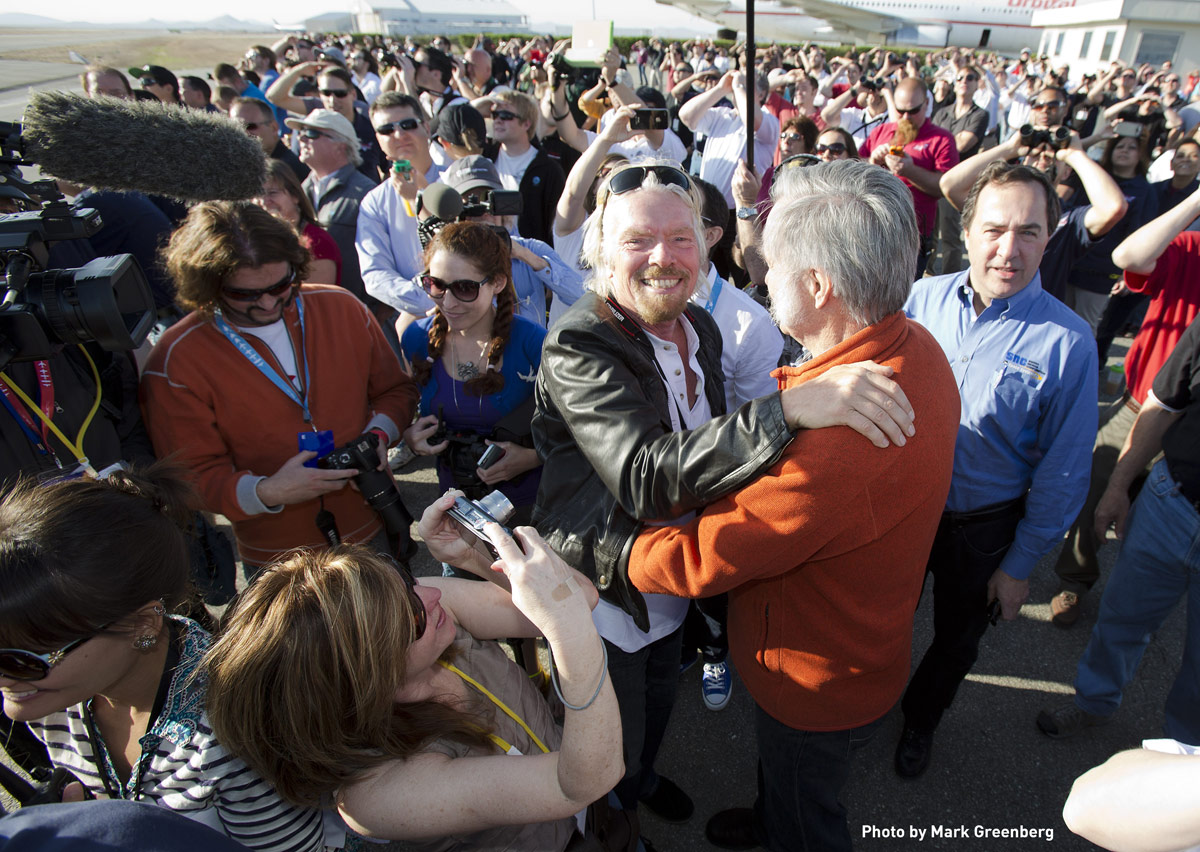
Branson said that everything went 100-percent according to plan, with SpaceShipTwo's hybrid rocket motor blasting away on a 16-second burn on its first-ever in-flight test. "The pilots said it was as smooth as anything," he said.
The early morning flight and its success didn’t immediately bring out the Champagne bottles, Branson said, "but I've drunk an awful lot of coffee."
Also on hand for the flight was veteran aerospace designer Burt Rutan, the retired founder and chairman emeritus of Scaled Composites, which built SpaceShipTwo. He was chief designer of SpaceShipOne which in 2004 claimed the $10 million Ansari X Prize as the world’s first privately developed piloted spacecraft.
"It went well and represented a significant milestone in the development of the Virgin Galactic commercial spaceplanes," Rutan told SPACE.com.
Get the Space.com Newsletter
Breaking space news, the latest updates on rocket launches, skywatching events and more!
Next for SpaceShipTwo: Moving faster
Regarding Monday's (April 29) flight and what now follows, Branson was upbeat. SpaceShipTwo, he said, is now ready to go to greater and greater speeds, extrapolating upwards.
"We know it's going to be okay now," Branson said. "This was the most important test … one that we had to get through to make sure that the spaceship and the rocket worked comfortably together." [Richard Branson and SpaceShipTwo: Q&A with Virgin Galactic's Billionaire Founder]
According to SpaceShipTwo's hybrid motor supplier, Sierra Nevada Corp. (SNC), the powered flight went exactly as planned.
"It went smooth. No problems," Mark Sirangelo,corporate vice president for SNC's Space Systems, told SPACE.com.
Another engine is ready to go for SpaceShipTwo's next flight and should ship within the next few weeks, Sirangelo added.
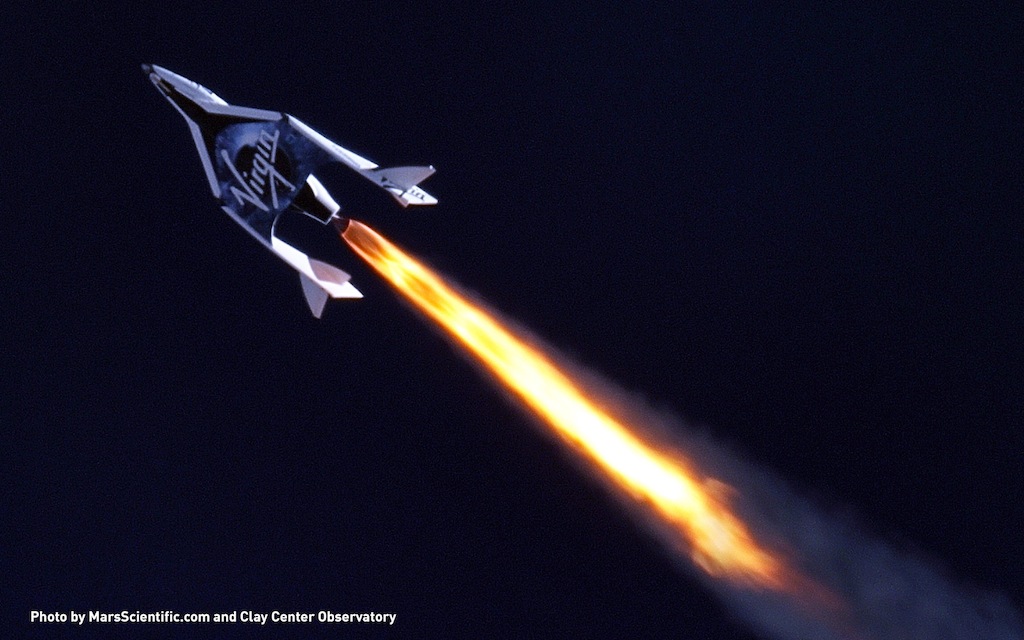
Space history takes off
Sirangelo said that watching his firm's motor perform so well is also good news for the Dream Chaser space plane being built by SNC to haul cargo and crew to the International Space Station.
SpaceShipTwo’s hybrid motor is larger and more complex than that to be used for Dream Chaser, Sirangelo said.
"It was an outstanding day out here in Mojave. I was enormously proud of our team and motor, thrilled to be part of space history, thankful to be in a country where such entrepreneurship is possible and humbled to be part of the dawn of the next era of flight," he said.
Virgin Galactic's successful powered flight of the SpaceShipTwo rocket plane takes the company closer to the completion of its test program, and to final licensing by the Federal Aviation Administration.
"Achieving powered flight for SpaceShipTwo was a critical step in VirginGalactic’s final testing and a major milestone for the company," said Christine Anderson, executive director of the New Mexico Spaceport Authority.
"Today's successful powered flight means we are getting closer to the day when the first Virgin Galactic passenger flight will be taking place from Spaceport America in New Mexico," she added.
Virgin Galactic is the anchor tenant for Spaceport America, the first purpose-built commercial spaceport in the world.
Phase One of the spaceport's development is now reaching completion, and includes the Gateway to Space Terminal Hangar Facility, the Spaceport Operations Center, the 12,000-foot (3,658 meters) runway and supporting infrastructure.
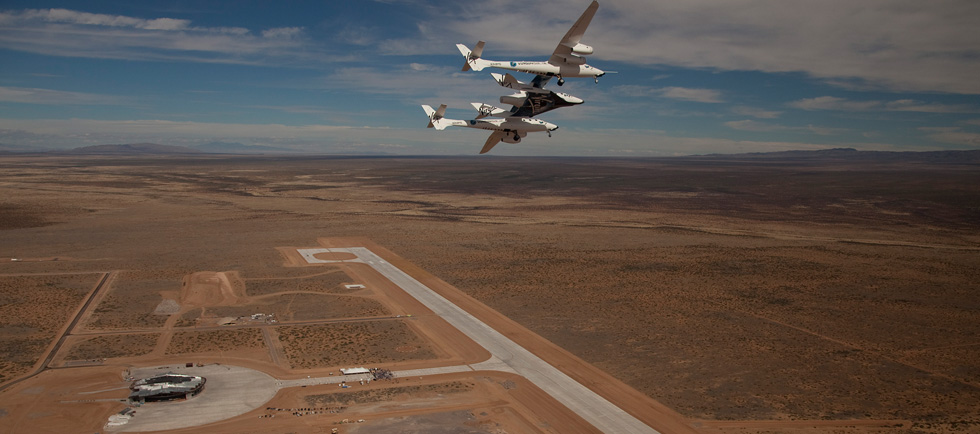
Seat price: Going up!
While it’s too early to say that SpaceShipTwo should have nothing but clear sailing from here on, Branson added that "it was a big, big milestone today."
Branson said that, ultimately, Virgin Galactic wants to bring down the $200,000 seat price for flights aboard SpaceShipTwo. But he added that, in the near term, seat prices are going up.
"In about a week's time, we're going to put the price up to $250,000 until the first 1,000 people have traveled,” Branson said, "so that it matches up with inflation since we started."
Branson said that the seat price tag won't go above $250,000. "We felt that, for the sake of those [first] 600 people who signed up … we ought to be charging inflation."
Faster than Concorde
Looking ahead into the rest of 2013 and early 2014, Branson said that both SpaceShipTwo and its mothership, WhiteKnightTwo, are ready.
"We have a few more test flights and then by the end of the year, we will be going into space," Branson said. "We're absolutely on track now."
As for all the teething problems getting his spaceline operation going full throttle, Branson responded: "After all, it is rocket science. There have been plenty of challenges. But today was the first time that a commercial vehicle has broken the sound barrier since Concorde [the supersonic plane that flew from 1969 to 2003].
"Within three months from now we'll be going faster than Concorde, and then we will build up from there," Branson said.
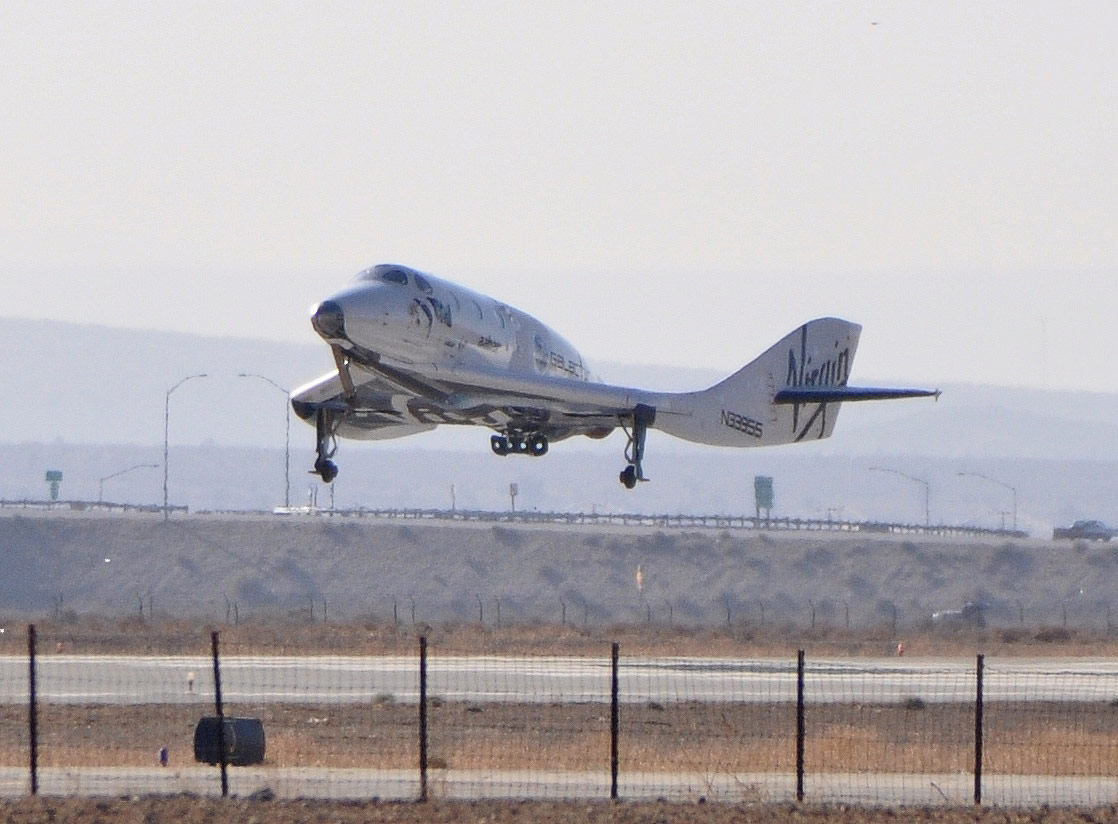
Risky investment
Regarding the overall space tourism business, Branson said, "I’ve never started a business thinking of it as a business. I always create things, generally, trying to make dreams come true … creating things that make a real difference in my lifetime."
Virgin Galactic is "one of the more risky investments that I've ever taken," Branson said, adding that he's confident that everything is going to pan out.
But Branson’s eyeing at the same time a different market, making use of the high-flying WhiteKnightTwo as a satellite launch pad.Virgin Galactic is planning is use the carrier aircraft as the home for LauncherOne, an air-launched rocket that could be a prolific booster for small satellites.
"That can make a dramatic difference on everything from aviation, shipping, telecommunications, Internet and Wi-Fi access," Branson said. "Bizarrely, I would say that this will be the most valuable company that Virgin has ever created … because we’ve created something that nobody else is doing," he said.
Branson has said that he and his family will ride on SpaceShipTwo's first commercial flight. The entrepreneur is already looking forward to the trip.
"Yes, we're spitting and brushing the helmets, just making sure that they are very shiny for later this year, or very early the following year," he said.
Leonard David has been reporting on the space industry for more than five decades. He is former director of research for the National Commission on Space and is co-author of Buzz Aldrin’s new book "Mission to Mars – My Vision for Space Exploration" out in May from National Geographic.Follow us @Spacedotcom, Facebook or Google+. Originally published on SPACE.com.
Join our Space Forums to keep talking space on the latest missions, night sky and more! And if you have a news tip, correction or comment, let us know at: community@space.com.

Leonard David is an award-winning space journalist who has been reporting on space activities for more than 50 years. Currently writing as Space.com's Space Insider Columnist among his other projects, Leonard has authored numerous books on space exploration, Mars missions and more, with his latest being "Moon Rush: The New Space Race" published in 2019 by National Geographic. He also wrote "Mars: Our Future on the Red Planet" released in 2016 by National Geographic. Leonard has served as a correspondent for SpaceNews, Scientific American and Aerospace America for the AIAA. He has received many awards, including the first Ordway Award for Sustained Excellence in Spaceflight History in 2015 at the AAS Wernher von Braun Memorial Symposium. You can find out Leonard's latest project at his website and on Twitter.









